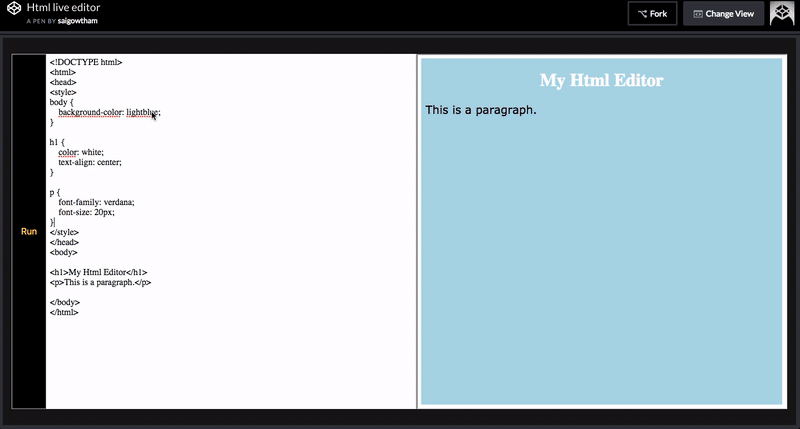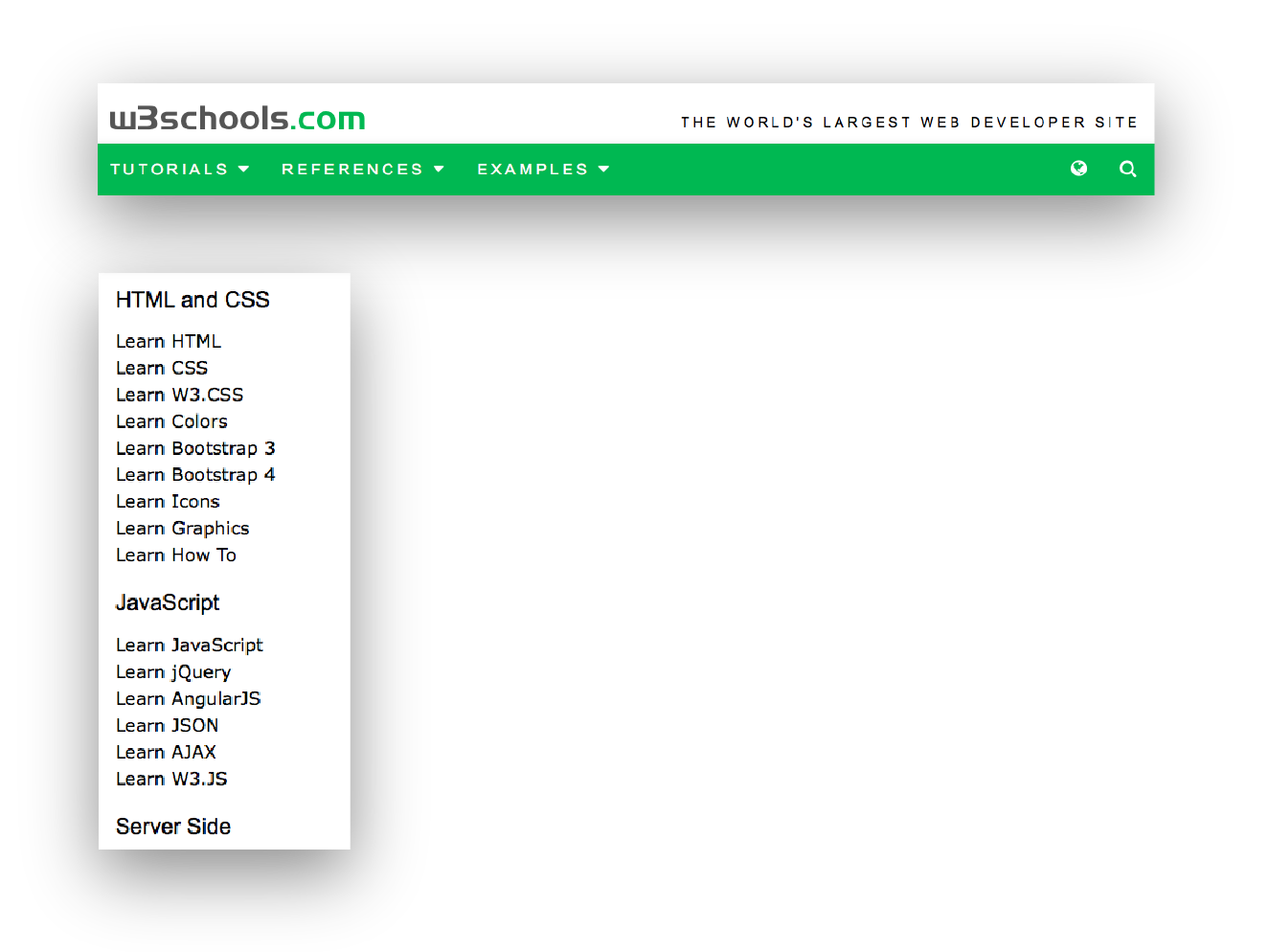


- #Iframe w3schools how to
- #Iframe w3schools full
2.3.4.6 Lists of floating-point numbers. 2.3.4.5 Nonzero percentages and lengths. 2.3.3 Keywords and enumerated attributes. 2.1.11 Interactions with XPath and XSLT. 1.11.3 Restrictions on content models and on attribute values. 1.11 Conformance requirements for authors. #Iframe w3schools how to
1.10.3 How to catch mistakes when writing HTML: validators and conformance checkers. 1.10.2 Common pitfalls to avoid when using the scripting APIs. 1.10.1 Writing secure applications with HTML. 1.7.2 Compliance with other specifications. 1.7.1 Serializability of script execution. #Iframe w3schools full
Intellectual property rights Full table of contents. 3 Semantics, structure, and APIs of HTML documents. You can also post issues, questions, or feedback about the docs at the following GitHub issue list sharepoint/sp-dev-docs/issues.Open Issues filed on GitHub Open an Issue /newbug Tests web-platform-tests html/ Issues for Tests ongoing work Tag your questions and comments with #spfx, #spfx-webparts, and #spfx-tooling. 
If you have any questions, post them on SharePoint StackExchange. The SharePoint Framework components are licensed under this Microsoft EULA. Many developers like to use the cross-platform IDE Visual Studio Code. If you're a C# developer, TypeScript is a nice transition into the JavaScript world. Most of your existing JavaScript knowledge related to SharePoint, however, is transferable, as the data models haven't changed, and you’ll use the same REST services depending on your requirements. If you work primarily with C#, you want to learn more about client-side JavaScript development.

It includes a robust client API, an HttpClient object that handles authentication to SharePoint and Microsoft 365, contextual information, easy property definition and configuration, and more. The runtime model improves on the Script Editor web part.
SPFx solutions can be used to extend Microsoft Teams. SPFx web parts can be added to both classic and modern pages. End users can use SPFx client-side solutions that are approved by the tenant administrators (or their delegates) on all sites, including self-service team, group, or personal sites. The developer toolchain is based on popular open-source client development tools such as NPM, TypeScript, Yeoman, webpack, and gulp. You can use any JavaScript framework that you like including, but not limited to, React, Handlebars, Knockout, Angular, and Vue.js. It enables the developer to access the lifecycle in addition to render, load, serialize and deserialize, configuration changes, and more. The controls are responsive and accessible by nature. The controls are rendered in the normal page DOM. There are no iFrames for the customization (JavaScript is embedded directly to the page). It runs in the context of the current user and connection in the browser. The following are some of the key features included as part of the SPFx: To learn more about where developers can use SPFx, see Supported extensibility platforms. In addition to SharePoint Online, the SPFx is supported and can be used to customize SharePoint on-premises deployments going back to SharePoint Server 2016. In fact, the SPFx is the only extensibility and customization option for Viva Connections. Due to tight integration between SharePoint Online, Microsoft Teams, and Microsoft Viva Connections, developers can also use SPFx to customize and extend all of these products. The SPFx is the recommended SharePoint customization and extensibility model for developers. With the SharePoint Framework, you can use modern web technologies and tools in your preferred development environment to build productive experiences and apps that are responsive and mobile-ready. The SharePoint Framework (SPFx) is a page and web part model that provides full support for client-side SharePoint development, easy integration with SharePoint data, and extending Microsoft Teams.








 0 kommentar(er)
0 kommentar(er)
